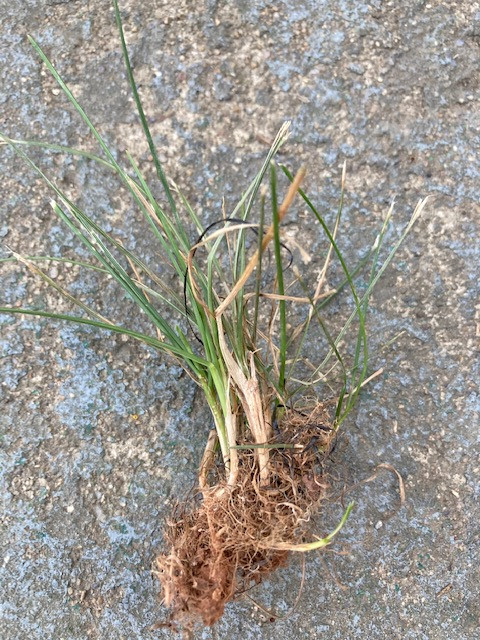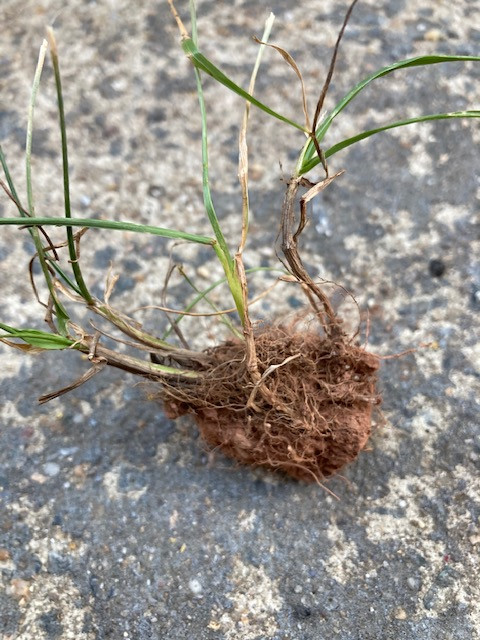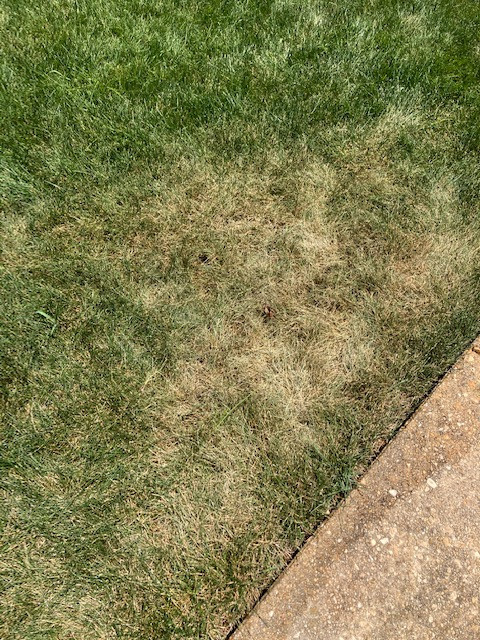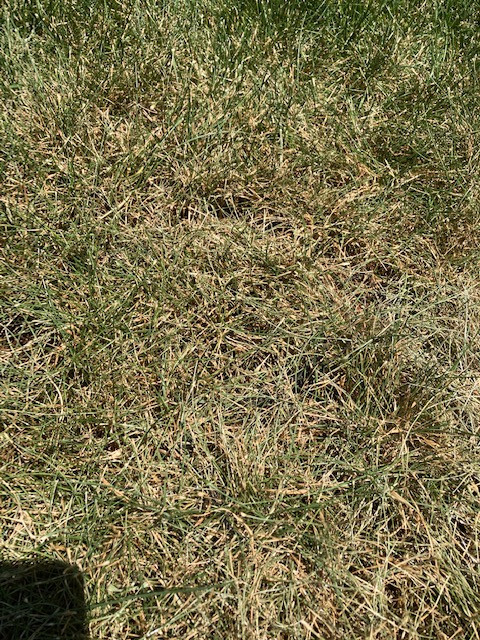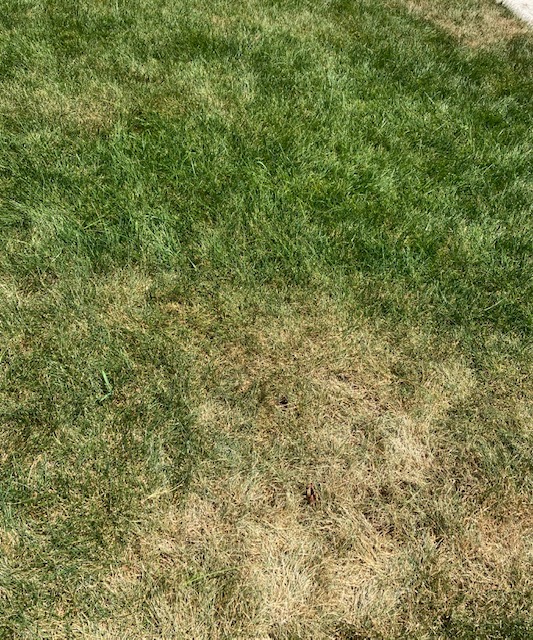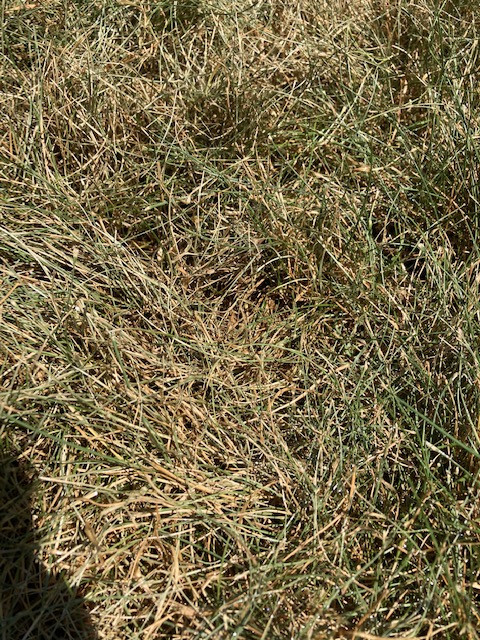Hello,
I am new to the site and mainly seeking a forum that provides reliable guidance and education on how to care for my lawn. Hoping that I found the right place! Here are some details and my issue/concern:
Lawn Size: 600 sq feet
Grass Type: Fescue, new sod laid in Late April
Water Schedule: Water 2x (sometimes) 3x per day for first 2 weeks; sod settled; now water ~2x/week or 3x max
Issue/Concern: Northern VA has experienced a bit of a heat wave with not too much rain. My grass is beginning to brown (and thin a bit) in certain areas. I'm unsure if the brown is due to the heat (and this is normal) OR if there is disease. In addition, how do I care for the lawn for the rest of the summer to keep it healthy and ready for fall?
Here are some pictures
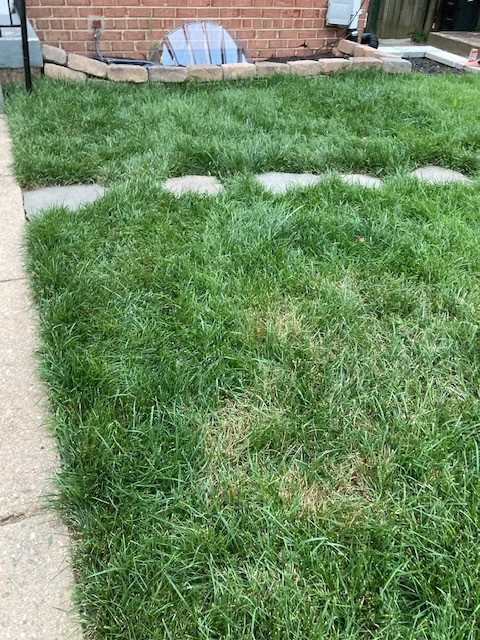
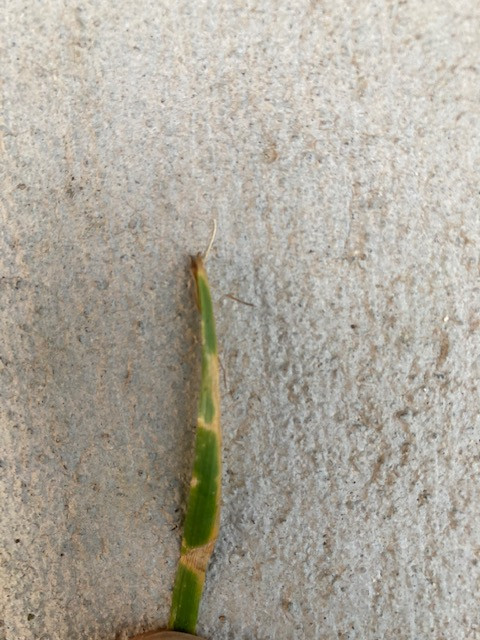
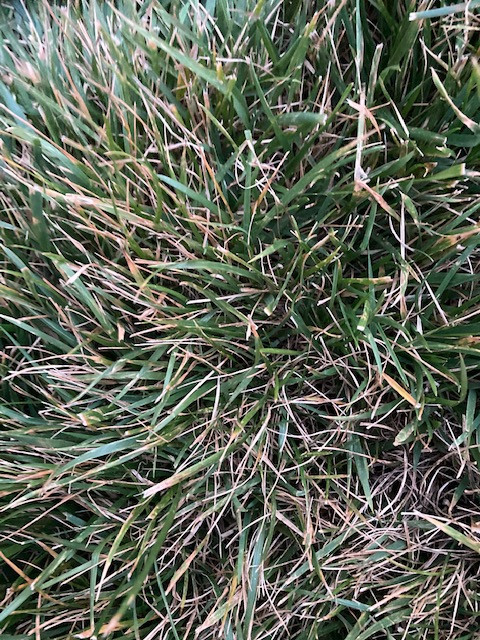
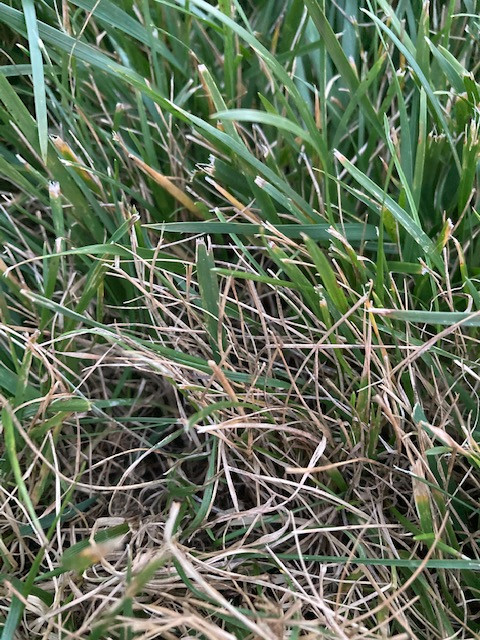
I am new to the site and mainly seeking a forum that provides reliable guidance and education on how to care for my lawn. Hoping that I found the right place! Here are some details and my issue/concern:
Lawn Size: 600 sq feet
Grass Type: Fescue, new sod laid in Late April
Water Schedule: Water 2x (sometimes) 3x per day for first 2 weeks; sod settled; now water ~2x/week or 3x max
Issue/Concern: Northern VA has experienced a bit of a heat wave with not too much rain. My grass is beginning to brown (and thin a bit) in certain areas. I'm unsure if the brown is due to the heat (and this is normal) OR if there is disease. In addition, how do I care for the lawn for the rest of the summer to keep it healthy and ready for fall?
Here are some pictures






